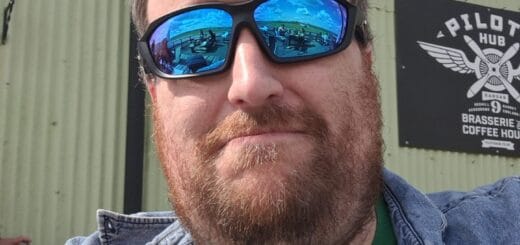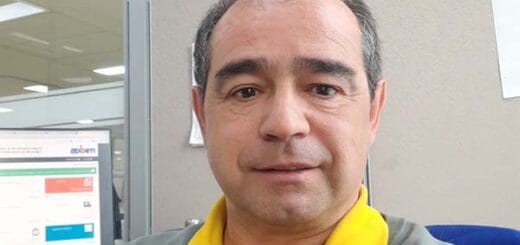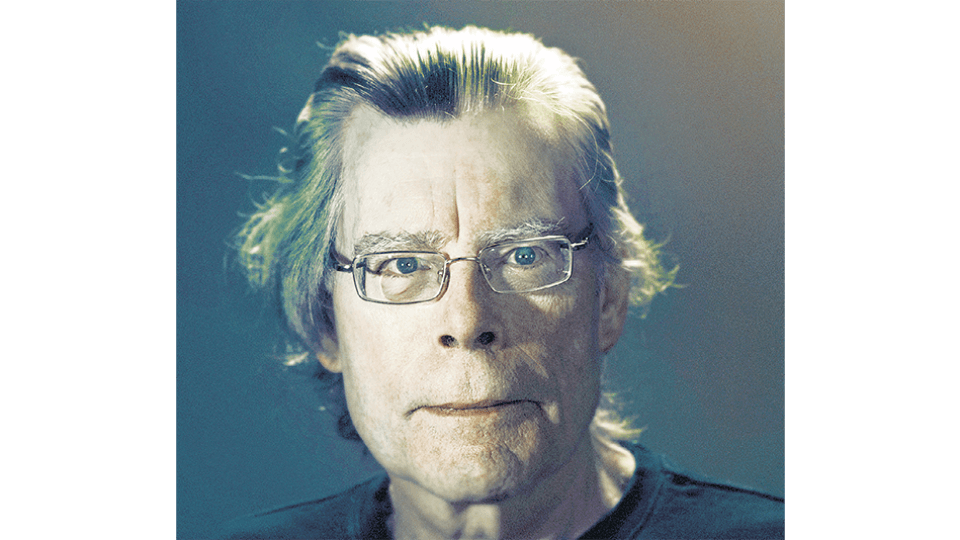Josh Benson

He is the Cinematographer of Richard Thompson‘s The Man Who Would Not Shake Hands Dollar Baby film.
SKSM: How did you become involved in The man who would not shake hands Dollar Baby film?
Josh Benson: One of the actors in the film, Aaron Cammack, recommended me to Richard. Aaron and I had worked together on an indie TV pilot that photographed in Italy the previous year and had stayed in touch. He mentioned the project to me and it sounded interesting.
SKSM: You worked with Richard Thompson on this film, what do you think the relationship between a director and a dp should be?
Josh Benson: It largely depends on the project, what stage the project is at – pre-production, production, post- production – and the needs of the director. I certainly have my preferences when it comes to a working relationship, but the one thing that I always encourage is a level of transparency and forthrightness. If the work I’m doing is not fulfilling the director’s vision, I need to know that – no sense in beating around the bush.
SKSM: How do you communicate with a director to design a visual strategy for a film?
Josh Benson: By listening. Most directors have been sitting with their project for a long time and dreaming up ideas about how it should look and feel, so they need to lay out what they’ve been imagining before I can set to work. Even if it’s unrealistic, I want to know what they have in mind because it may lead somewhere productive. You’d be surprised how often a more compelling solution arises from having to make tough choices about what can realistically be achieved.
Most folks use visual references, too, and while I don’t particularly love that process – I’m not out here to create some facsimile of a previous film – it is a direct and functional method of getting the ball rolling. I may offer a few in return to make sure I’m headed in the right direction, but I tend to use still photos or paintings, things that I find to be a bit more evocative visually.
SKSM: Were there any problems during pre-production, filming, or post- production? If so, how did you resolve them?
Josh Benson: Yes, of course. There are always problems at any stage of film production. You resolve them by making the best decision you can in the moment with the information you have and getting on with business.
SKSM: Any funny moments you remember during filming?
Josh Benson: Not that I recall, no. I’m sure there were, but nothing immediately springs to mind.
SKSM: You worked in a Dollar Baby based on a Stephen King short story. It was your most challenging film?
Josh Benson: No.
SKSM: When you’re going to shoot, what are your favorite lenses? formats?
Josh Benson: I prefer shooting film, if at all possible. In the digital world, I tend to go with Arri cameras. Full frame can take a hike, though – it’s a rubbish format. Glass is tougher – it really does depend on the film – but I like something with a little more attitude. Modern glass doesn’t really do it for me, even some of the premium stuff like the Signature Primes.
SKSM: Who are some of your influences (favorite dps/films)?
Josh Benson: Painters: Winslow Homer, Degas, Adolph Menzel, and Caravaggio, to name a few. I quite like Jack Delano’s photography, too, as well as Fred Herzog’s work.
SKSM: What are you working on nowadays?
Josh Benson: Looking to secure distribution for a feature doc I recently completed with another filmmaker, James Suter. It’s called ‘Tiwahe’ and it made its bow at the Big Sky Documentary Film Festival back in February. In addition to that, getting the next film ready to go.

















Josh Benson is one of the best, and most brutally authentic people I’ve gotten to work with. His vision is true, his word is honest, and his camera work is just as thoughtfully deliberate. I am thankful to have worked with him